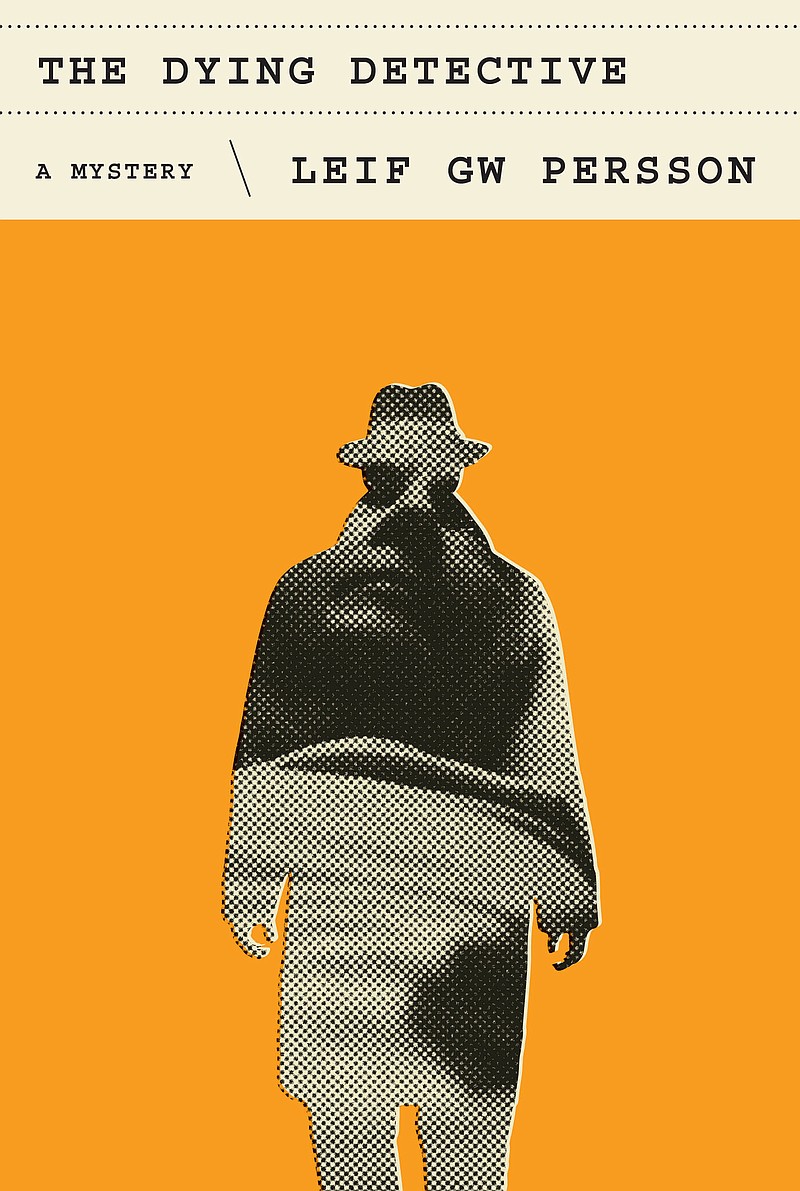There's a mystery-a 25-year-old cold case-in "The Dying Detective," but it's not the most interesting part of Leif GW Persson's latest novel. It's a tale of aging, of coming to grips with death and illness and the meaning of life. As in many Scandinavian novels, it's a dark vision.
Lars Martin Johanssson, former head of Sweden's National Criminal Police, where he was known as "the man who could see around corners," is recently retired. It is July 2010; Lars and his wife Pia now divide their time between their comfortable Stockholm apartment and a summer house in Roslagen, in the northern province of Uppsala. At 67, Johanssen thinks he's in the prime of his life, when he stops at a stand for a mouth-watering polse, one of those unique and wonderful hot dogs that you find only in Scandinavia. He takes his Zigeuner sausage with sauerkraut and French mustard to his car and is about to enjoy this treat, when he feels a sharp, searing pain through the back of his head. "Darkness spread across his eyes his arm went numb and his fingers felt stiff and unresponsive. Then nothing but darkness and silence."
He wakes up in the hospital to find that he has suffered a stroke. In addition, tests show he has a severe heart condition. His outlook is bleak, and Lars is not a cooperative patient. Then his doctor at the hospital, one Ulrika Stenholm, asks him a favor. Her late father, a vicar, told her on his deathbed that one of his parishioners knew who had murdered a 9-year-old girl in 1985. It was a particularly brutal rape and murder, high profile and unsolved in part, because of the ineptitude of the supervising officer at the time. Would the great detective try to discover the killer's identity? It happens that a recently enacted statute of limitations "prescribes" cases after 25 years, meaning that even if the perpetrator should be found, he cannot be prosecuted. The prospect of getting back into the saddle, figuratively-Lars is confined to his living room sofa much of the time and will have to have physiotherapy to regain the use of his right arm-gives him a new lease on life.
Persson devotes much of this novel to his protagonist's thoughts, some spoken, others unspoken, at a time when his life has changed and he realizes things will never be the same as they used to be. Tough stuff, but the author handles it with humor and irony. Persson's writing (at least in this excellent translation) has a light touch that makes it bearable to read, even entertaining.
There's a delightful cast of supporting characters: Lars' best friend and fellow policeman Bo Jarnebring; his state-supplied young caregiver (this is Sweden, after all), lavishly tattooed-and-pierced Mathilde; the young Russian strongman Maxim, with a dark past of his own; and several persons who may have known the victim or those close to her. One important figure from the past, no longer living, is a glamorous opera singer (fictitious) named Margarethe Sagerlied.
Each of these characters reacts to the horrific crime that can no longer be punished by offering to take the law into his or her own hands, but Lars refuses to allow that to happen. "Even normal, decent people, usually perfectly normal and respectable people," he observes, "keep offering to kill someone they had never met in the most gruesome ways"-although this should hardly come as a surprise to a seasoned law enforcement officer. When Lars does identify the killer (as of course he must), he doesn't divulge his name to any except those he can trust to act responsibly with the information. Still, the eventual resolution is a little too convenient and glib.
Then, there's the question of whether the author, teasing the reader with the book's title, will actually kill off Johansson, a character who has appeared in previous novels. Lars' fate, as it turns out, has a significant effect on the ultimate meting out of justice.

